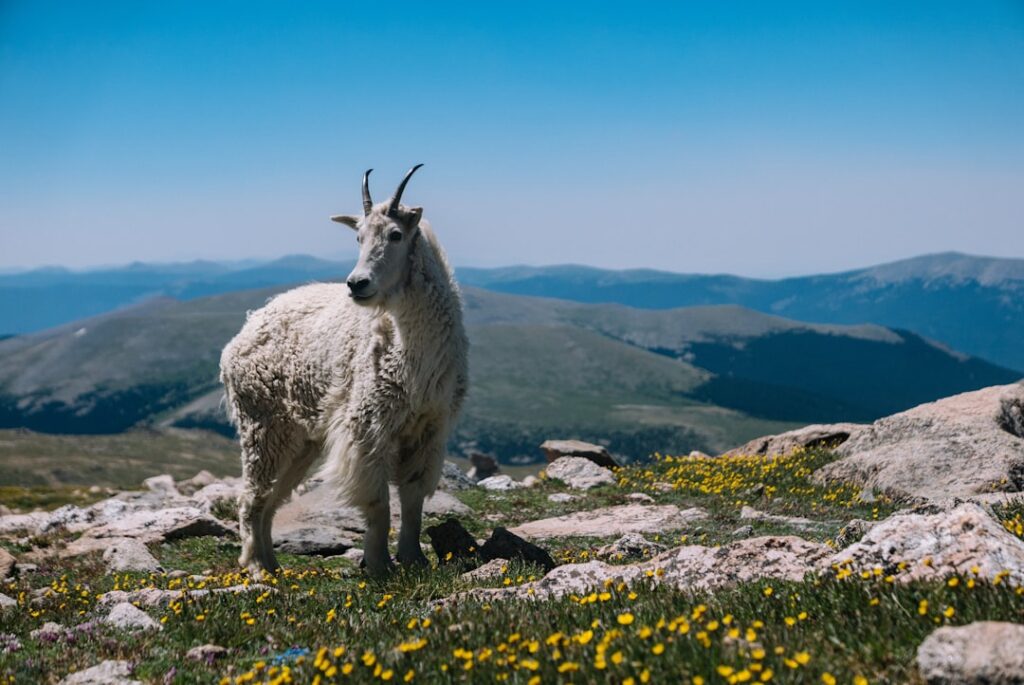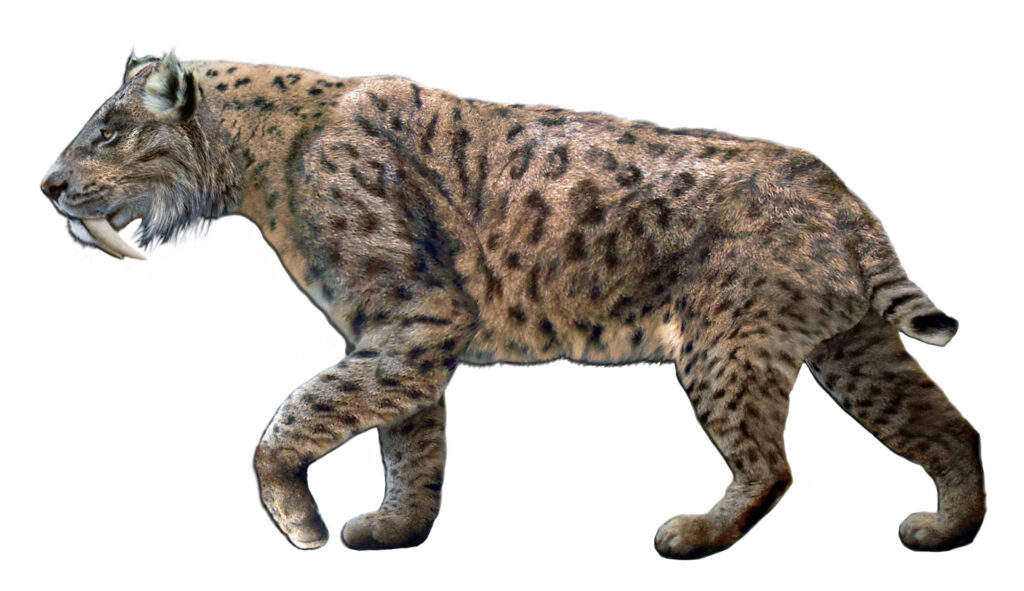The ancient world was no paradise for giant creatures. You might picture dinosaurs lounging in lush tropical forests, but the reality was far more brutal and complex. These magnificent beasts faced scorching deserts that could cook flesh, polar regions locked in months of darkness, and volcanic winters that turned paradise into frozen wasteland.
Yet dinosaurs didn’t just survive these extremes – they mastered them. For over 160 million years, they conquered environments that would challenge even our most advanced technologies. Their story isn’t just about size and strength, but about incredible biological innovation under pressure. Let’s explore how these ancient survivors rewrote the rules of life itself.
The Revolutionary Power of Feathered Insulation
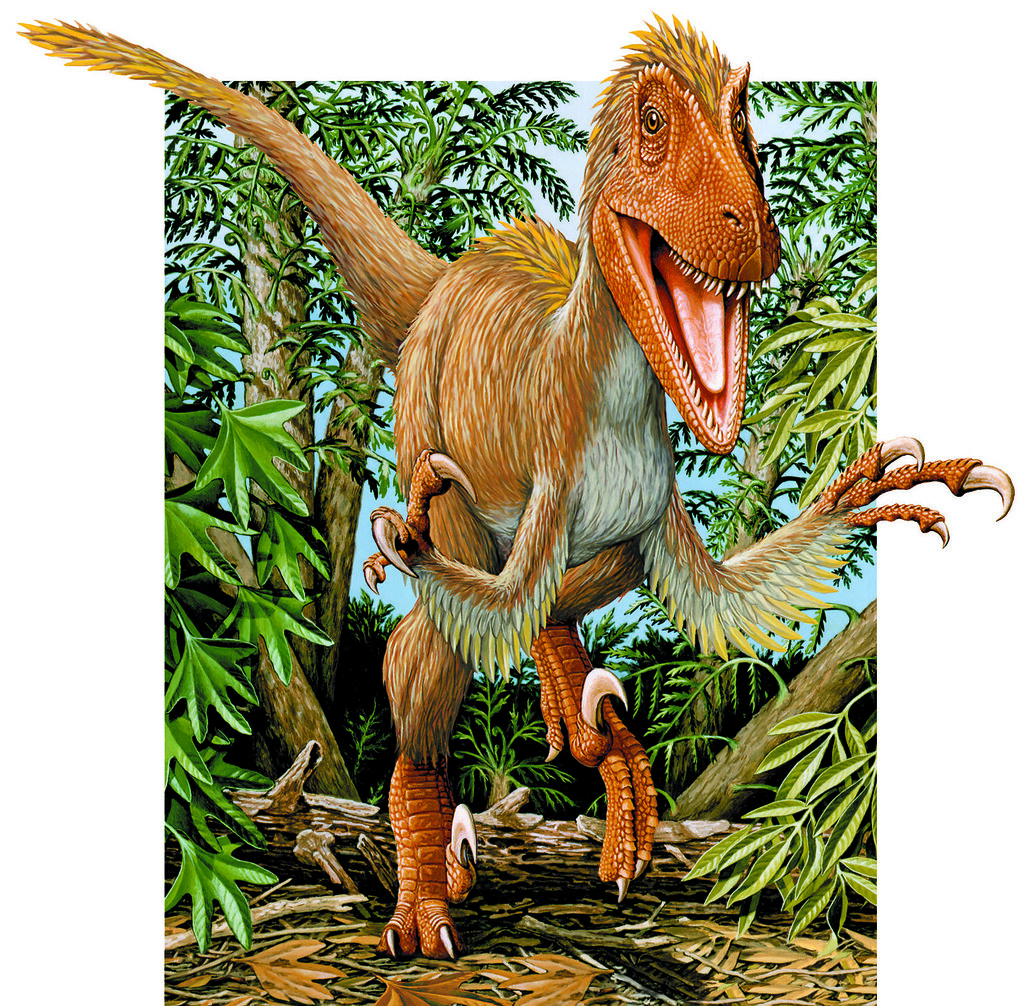
The presence of fuzzy feathers in dinosaurs played a crucial role in their ability to cope with cold temperatures. These protofeathers provided insulation and warmth, allowing dinosaurs to navigate harsh winters. These weren’t the sleek flight feathers you see on modern birds, but more like downy fur that trapped warm air close to their bodies.
Think of these protofeathers as nature’s first winter coats. Dinosaurs, with their feathers and sophisticated metabolisms, were unusually well-prepared for sudden climate shifts. Small theropods developed particularly dense feathered coverings that helped them maintain core body temperature during bitter polar nights.
Phylogenetic bracket analysis shows that non-avian dinosaurs were primitively insulated, enabling them to access rich deciduous and evergreen Arctic vegetation, even under freezing winter conditions. This adaptation gave them access to food sources that other reptiles couldn’t reach, essentially opening up new ecological niches that became their private kingdoms.
Underground Survival Networks

Evidence suggests that some dinosaurs may have ‘dug in’ and hunkered down to survive the coldest months. Burrow-like structures containing small, herbivorous dinosaurs have been found over the years, suggesting survival practices and instincts. Picture entire communities of dinosaurs creating elaborate underground cities to wait out brutal winters.
Paleontologists working in southern Australia’s strata have found burrow-like structures from the age of Leaellynasaura, and elsewhere these structures actually contain small, herbivorous dinosaurs. “It’s possible that dinosaurs might have burrowed as a way to escape the cold,” says paleontologist Adele Pentland These underground networks weren’t just simple holes – they were sophisticated shelters that maintained stable temperatures.
The discovery of juvenile remains in these burrows suggests entire family groups rode out the worst weather together. The presence of burrow-like structures in polar areas suggests that dinosaurs remained in these habitats year-round, utilizing underground shelters to protect themselves from harsh weather.
Mastering the Art of Seasonal Growth Control

Slowing down their growth during the cold months allowed them to conserve energy when food resources were scarce. This adaptation gave them a competitive advantage over other animals and ensured their survival in these harsh environments. This wasn’t random – it was precision biological engineering at its finest.
Another interesting adaptation was that dinosaurs could temporarily stop growing in the harsh winters, enabling them to conserve energy while food was scarce. Fossilised bones found at the Junggar basin showed bone rings that indicate this growth pattern. These bone rings tell the story of survival, like tree rings marking good years and bad.
When spring returned and food became abundant again, these dinosaurs could resume rapid growth. When favorable conditions returned during the summer, dinosaurs could resume their growth and take full advantage of the abundant resources available. It was like having a biological pause button for survival.
Revolutionary Warm-Blooded Breakthroughs

Different climate preferences emerged among the main dinosaur groups around the time of the Jenkyns event 183 million years ago. The adoption of endothermy, perhaps a result of this environmental crisis, may have enabled theropods and ornithischians to thrive in colder environments. This wasn’t just evolution – it was a complete physiological revolution.
This allowed the dinosaurs to venture into colder climates, where they could remain active for longer periods, grow faster, and produce more offspring. Suddenly, frozen territories that had been death zones became new frontiers for expansion and conquest.
Studies have suggested that dinosaurs were likely warm-blooded, or capable of regulating their body temperature metabolically, which would have provided additional protection against the cold. This internal heating system meant they weren’t slaves to environmental temperature like modern reptiles.
Gigantic Size as Climate Armor
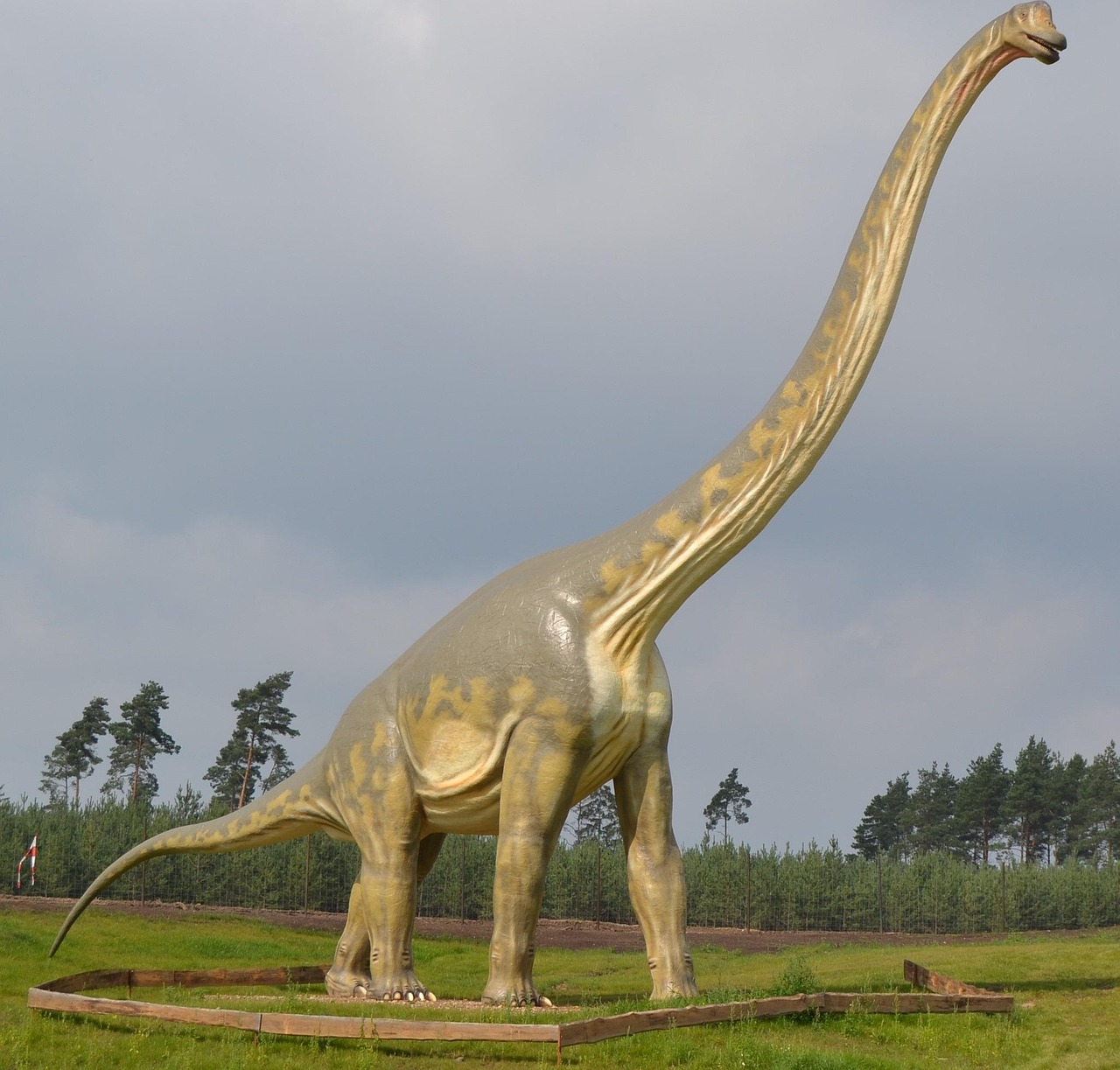
They achieved this by growing to enormous sizes, which helped them retain heat due to their smaller surface area to volume ratio. Their smaller surface area to volume ratio would have meant these larger creatures would lose heat at a reduced rate, allowing them to stay active for longer. Sauropods essentially became living heat batteries that could store warmth for extended periods.
Because large sauropod dinosaurs were so huge, they could retain their body heat much more efficiently than smaller mammals like humans. “If you’re an animal that you can approximate as a sphere of meat the size of a room, you can’t be cold unless you’re dead,” explains one researcher, highlighting how sheer mass became a survival tool.
Since the surface-to-volume ratio decreases with increasing body mass, the “inertial homeothermy hypothesis” under an ectothermic thermoregulation model has been suggested for large dinosaurs. Large dinosaurs maintained higher, more constant body temperatures than smaller-sized reptiles, because large ectothermic animals heat up and cool down slower than smaller ectothermic animals.
Sophisticated Heat Management Systems
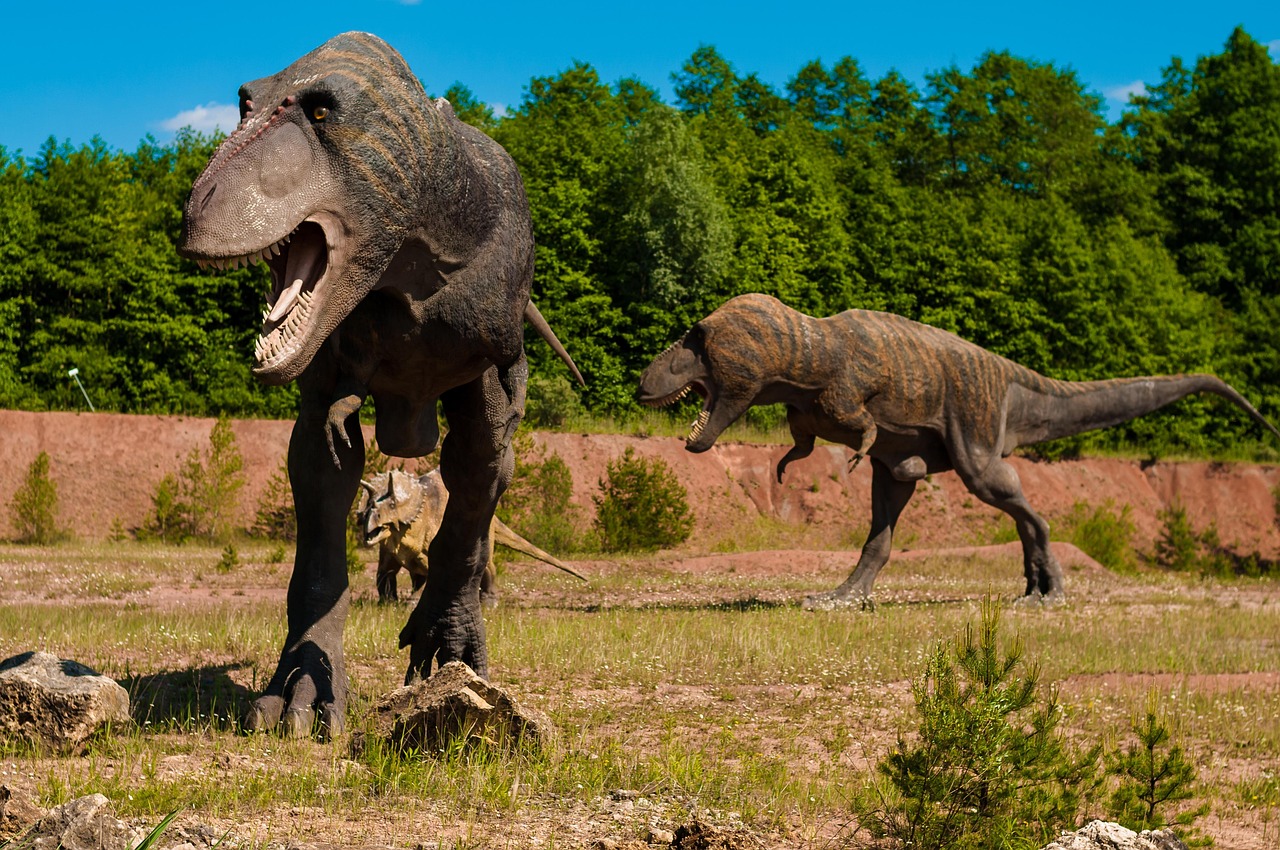
Large dinosaurs showed a more unbalanced vascular pattern whereby certain sites of thermal exchange were emphasized for enhanced blood flow, reflecting a more focused thermal strategy. A quantitative, statistical analysis of canal cross-sectional area was conducted to test these anatomical results, confirming that large-bodied, and often large-headed, species showed focused thermal strategies with enhanced collateral blood flow to certain sites of heat exchange.
They could also have had something like an air-sac system to dissipate heat. Alternatively, they could have dispelled heat through their long necks and tails. These weren’t just body parts – they were sophisticated cooling towers that prevented dangerous overheating.
Large theropods showed evidence for a plesiomorphic balanced blood flow pattern, yet evidence for vascularization of the large antorbital paranasal air sinus indicates theropods may have had a fourth site of heat exchange as part of a novel focused thermoregulatory strategy. This suggests multiple backup systems working in harmony to maintain optimal temperature.
Epic Migration Adventures
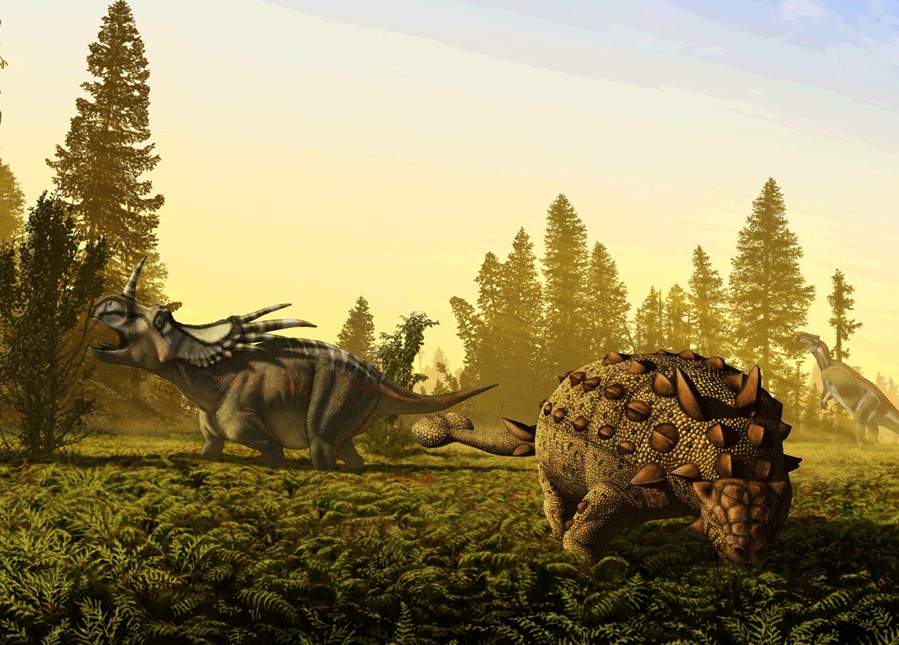
Some species, such as the herbivorous Edmontosaurus, are believed to have migrated in large herds to follow the availability of food. These migrations would have taken them across vast distances, ensuring they had access to sufficient plant material despite the harsh conditions. Imagine massive dinosaur caravans stretching across continents, following the seasons like ancient nomads.
We know dinosaurs migrated at some point because of massive dinosaur track sites. Locations such as Dinosaur Ridge Trail near Morrison, Colorado, have over 300 dinosaur tracks preserved in the rock. What’s most interesting is that this track site has “footprints” from numerous species but dates at a similar geological age, indicating that various species may have traveled together.
As environments changed, dinosaurs adapted by moving to more favorable areas. The study of dinosaur migration helps us understand how dinosaurs responded to shifts in climate, seasonal habitat changes, and the need to seek resources like food and water. These weren’t random wanderings but calculated survival strategies that spanned generations.
Surviving Volcanic Apocalypse
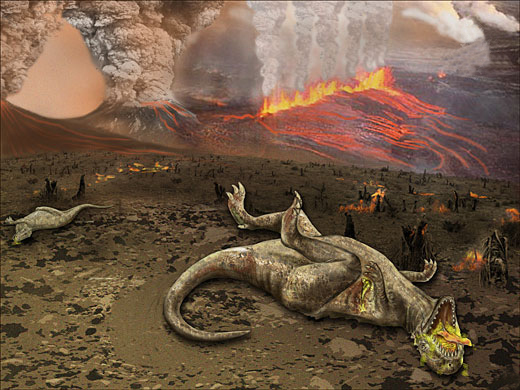
Researchers argue that the Triassic dinosaurs lived in cold environments before the eruptions. They were thus well-adapted to handle the harsh winters, unlike most life on Earth. When volcanic eruptions triggered mass extinction events, dinosaurs were already battle-tested by extreme conditions.
Transient but intense volcanic winters associated with massive eruptions and lowered light levels led to the end-Triassic mass extinction on land, decimating all medium- to large-sized nondinosaurian, noninsulated continental reptiles. In contrast, insulated dinosaurs were already well adapted to cold temperatures, and not only survived but also underwent a rapid adaptive radiation and ecological expansion in the Jurassic
With their proto-plumage and their ability to withstand the cold, the dinosaurs suddenly became the big kids on the block, with the formerly dominant pseudosuchians dying off. They were able to establish ecological dominance as potentially hundreds of years of periodic volcanic winters unfolded. This positioned the dinosaurs to rule the land until another mass extinction wiped most of them out nearly 135 million years later.
Conquering Polar Darkness
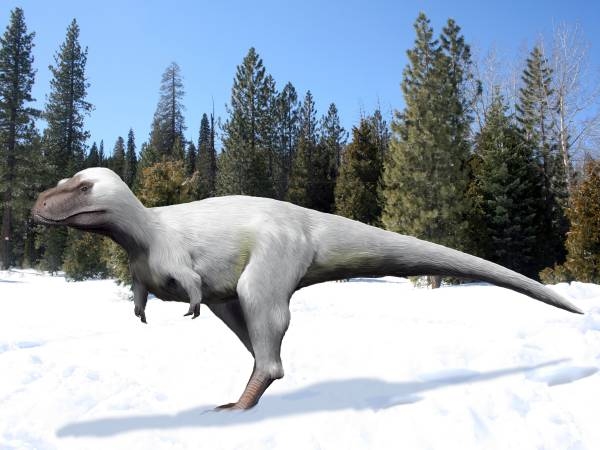
Fossil discoveries in Alaska and Antarctica have revealed diverse dinosaur communities living at latitudes where winter temperatures dropped below freezing, despite the overall warm global climate. These polar dinosaurs didn’t just survive – they thrived in conditions that would challenge modern arctic animals.
Additionally, there is no evidence to suggest that the axis of the Earth has shifted significantly since then, meaning dinosaurs would have faced the same long days and nights that characterize life close to the poles. Months of continuous darkness tested every adaptation they had developed.
Some species show evidence of seasonal migration patterns, while others appear to have endured the long polar nights through behavioral and physiological adjustments. The discovery of juvenile dinosaur remains in these regions suggests that some species were reproducing year-round, even in extreme seasonal conditions. This means they weren’t just visiting polar regions – they were permanent residents raising families in the world’s harshest environments.
Desert Survival Mastery

The Cretaceous period saw the expansion of some of Earth’s most extreme desert environments, particularly in what is now the Gobi Desert region. Temperatures in these areas regularly exceeded 120°F (49°C), and water sources were scarce and widely scattered. Yet dinosaurs not only survived in these harsh conditions – they evolved into some of their most spectacular forms.
Desert-dwelling dinosaurs developed remarkable water conservation strategies. Some species likely developed elongated limbs for better heat dissipation, while others may have adopted nocturnal behaviors to avoid the scorching daytime heat.
Some dinosaur species developed physiological and behavioral strategies to cope with high temperatures, such as elongated limbs for heat dissipation and seeking shade during the hottest parts of the day. These weren’t just random changes but precision adaptations honed by millions of years of extreme environmental pressure.
The legacy of dinosaur climate adaptation continues to amaze scientists today. Their success wasn’t due to a single adaptation, but rather a combination of physiological, behavioral, and ecological strategies that allowed them to thrive through extremes that would challenge any modern ecosystem. The dinosaurs mastered the art of adaptation, evolving solutions to climate challenges that we’re only beginning to understand. As we face our own climate crisis, perhaps we can learn something from these ultimate survivors about resilience, adaptation, and the incredible power of life to persist against all odds.
What lessons might these ancient masters of survival teach us about adapting to our changing world? The answers may lie buried in rocks, waiting for the next generation of paleontologists to uncover them.

